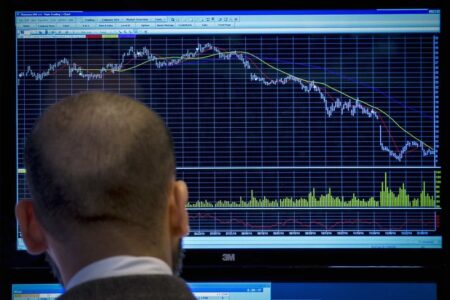© Reuters.
The stock market’s performance in the last 21 months has been turbulent, with broader indices ending September of 2023 on a lukewarm note, a significant distance from the record highs achieved in 2021. As we enter October, a month infamous for its bear market declines in 1929, 1987, and 2008, investors are seeking reliable guidance.
Historically, the autumn and winter seasons have been associated with strong rallies, often referred to as “The Santa Claus Rally” due to robust performance usually observed during the holiday season. This phenomenon is part of the broader concept of stock market seasonality, which suggests that current market momentum influences future trends.
From October through May, an eight-month span, the stock market often experiences significant rallies. In contrast, the summer months from June to September are typically marked by volatility and lack of clear trend direction. This pattern has proven consistent when tested over extended periods under various economic conditions and using different benchmarks.
Since the inflationary era of the 1970s, major indices like the , , and have consistently posted average results exceeding a 1% gain per month from October through May. On the other hand, summer performance has averaged just a 0.1% gain, with September being the worst-performing month averaging a loss of -1% across all three indices.
However, it’s worth noting that October can be a volatile month with significant swings in both directions. It holds the dubious honor of being the only month where all indexes have recorded losses of at least 17% (in 1987 and 2008). Conversely, it also witnessed the highest percentage gain of any month for the S&P 500 and DJIA with a 16% rise in 1974 and a 14% increase in 2022.
Market seasonality is a valuable tool for investors, but it isn’t a foolproof indicator. Experienced market forecasters use a range of statistics to anticipate the onset of the next bull or bear market. As such, while October may historically be a month of significant market movement, investors should exercise caution and seek professional advice to navigate potential volatility.
This article was generated with the support of AI and reviewed by an editor. For more information see our T&C.
Read the full article here












